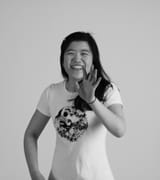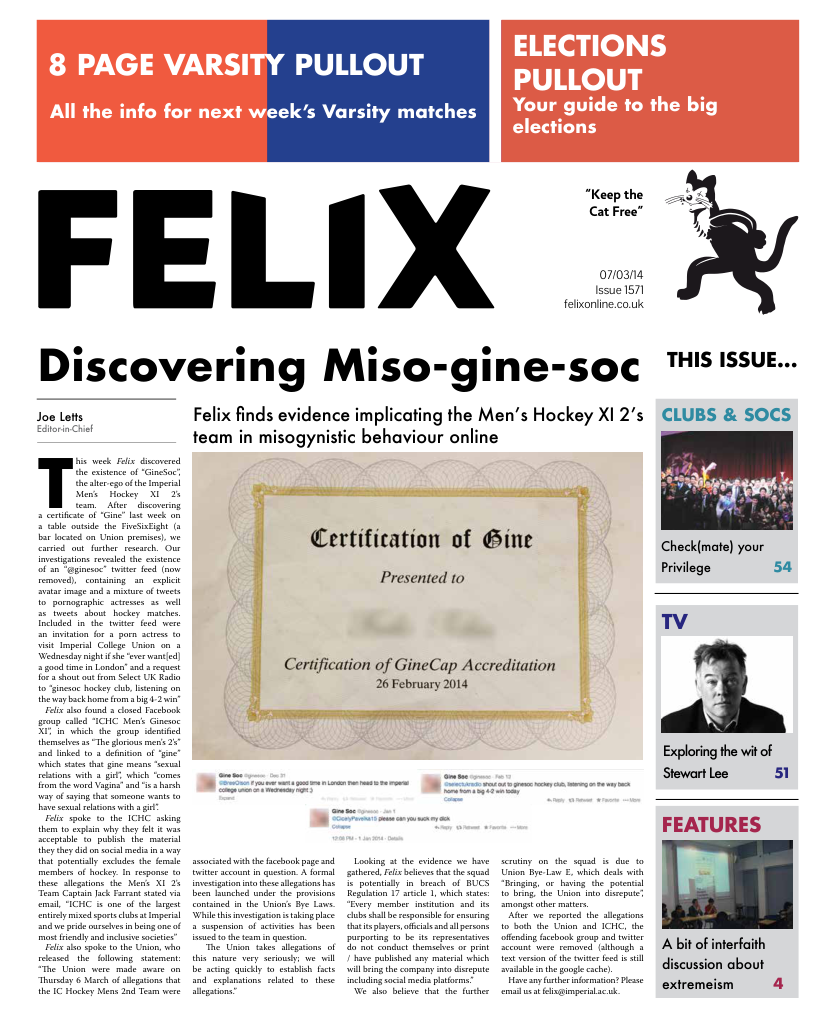Witty, irreverent, political collages
In Heads of State (1920), two portly figures are pictured in their bathing suits before a feminine backdrop of butterflies, flowers and a woman with a parasol.
What: Hannah Hoch Where: Whitechapel Gallery, E1 When: Until 23rd March Price: £9,95, £7.95 concessions
In Heads of State (1920), two portly figures are pictured in their bathing suits before a feminine backdrop of butterflies, flowers and a woman with a parasol. One figure is the first president of the Weimar republic, Friedrich Ebert, and the other, his defence minister. It is such comical and emasculating juxtapositions that make Hannah Hoch’s collages so subversive and entertaining. A pioneer of the photomontage technique, Hoch draws from journals and magazines to put vastly disparate elements together, creating whimsical, counterintuitive and sometimes irreverent pieces that comment on the political and social changes of the turbulent period in post-World War I Germany. A key contributor to the Berlin Dadaist movement but slighted by the other mainly male members, Hoch nevertheless left her mark as a witty, original artist who somehow managed to combine images into coherent wholes that tell stories of their own. Although it is greatly disappointing that her arguably most famous work, and icon of the Berlin Dada movement, Cut with the Kitchen Knife through the Last Weimar Beer-Belly Cultural Epoch in Germany (1920) is not on show, as the fragile original sits delicately in the Neue Nationalgalerie of Berlin, this exhibition is nevertheless important in shedding light on her contributions to 20th century collage, as well as to the politically charged body of art of the time. Being the first major exhibition of her works in the UK, with more than a hundred pieces spanning from 1910s to 1970s, the show puts this woman in the well-deserved spotlight. Hoch had studied at the School of Applied Art in Berlin before working at the well-known Ullstein publishing house. Her early works saw a confluence of her background in functional art and aesthetics itself, as she drew inspiration from embroidery to create two-dimensional art reminiscent of tessellation. These early works reflect interplay between patterns and human figures, often nudes, with the geometric blending into the organic. Already we can detect an interest in collage – the work White Cloud (1916) uses fragments of printed designs. The ground floor of the exhibition follows the works of her Dada, or ‘anti-art period. Hoch often expressed her Dadaist appeal to irrational and chance humour through collages that subvert institutions. Perhaps influenced by the cubist works of her time, Hoch’s works are often disproportionate and contain conflicting perspectives. High Finance (1923) depicts two large-headed men in suits tangled up with a huge gun and military equipment – a sharp criticism of military-industry collusion in the republic. I found her collages extraordinarily refreshing for their blatant irreverence. In her words, her photomontages “cannibalise the images of popular culture to satirise not only political figures but also gender inequality and sexual stereotypes”. Indeed, her important series From an Ethnographic Museum challenges conventional concepts of beauty by juxtaposing mainly female body parts with ethnographic objects. Said to have been inspired by a visit to such a place, the works in this series are at once bestial and strangely beautiful, as we acknowledge that there is aesthetic value in bringing different things together – an idea that went against not only the prevailing idea of beauty but more broadly, the totalising ideologies of National Socialism. These works may also be a comment on colonialism and exoticism, questioning traditional boundaries of race and culture. She sums up her purposes best in her own words in the catalogue of her first solo exhibition at The Hague in 1929 – “I would like to blur the firm borders that we human beings, cocksure as we are, are inclined to erect around everything that is accessible to us...I want to show that the small can be large, and large small, it is just the standpoint from which we judge that changes, and every concept loses its validity.” The exhibition extends to two galleries upstairs, one of which shows her massive scrapbooking project Album, created during Nazi rule when, in danger of persecution, she avoided public life and lived quietly in the Berlin suburbs. The other gallery displays Hoch’s post-war works, which took a turn from her Dada past and looked to nature for inspiration, becoming increasingly abstract and colourful. It is almost as if her works reflected the liberation she felt after the war, free from Nazi rule. However, for me, Hoch will always be remembered by her bold and unapologetic political and social commentary of her Dada period. It is her matter-of-fact laying out of her uncensored opinions that give her collages an irreverent charm which tickles the surface, but at the same time, excavates important issues and places them starkly out in the open.






